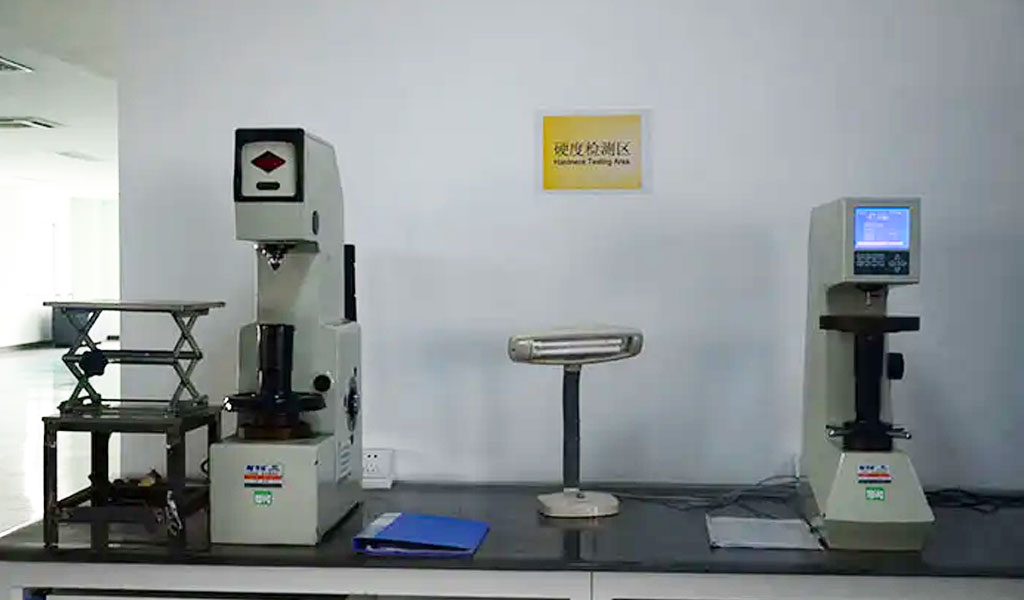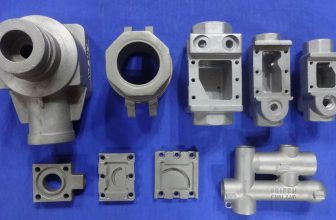
Hardness is a natual characteristic of lost wax casting materials, not a fundamental physical property. It is defined as the resistance to indentation, and it is determined by measuring the permanent depth of lost wax castings. Different cast alloys will show different hardness results. To add the wear resistance of lost wax castings, we can improve the hardness by heat treatment according to the requirement of our customers.
Hardness value of an investment cast part is obtained by measuring the depth or the area of product using different test methods. To ensure accurate testing results, the choice of testing area should be as flat as possible, and it is better to do hardness testing on different areas of the same part.
Hardness Testing Methods of Lost wax castings
We use modern, automated hardness testers to test the hardness of your products. BE-CU can perform a hardness analysis using the following methods:
Brinell hardness testing
Brinell hardness testing, is the oldest testing method that is still regularly used. The hardness tester used by this test is a spherical penetrating body. For Brinell hardness tests, a bullet, usually with a diameter of 10 mm, is pressed into the surface of lost wax casting to be tested. The pressing force can be adjusted depending on the material to be investigated. Based on the impression made on the surface of lost wax castings, the Brinell hardness is determined. The brinell hardness value of lost wax castings will be shown in HB.
Rockwell Hardness
It uses a bullet-shaped or cone-shaped penetrating body. In a Rockwell test, hardness is interpreted as “resistance to local penetration”. The test determines the depth to which a penetrating body (spherical or cone-shaped) has penetrated after being tested with a standard testing load. This results in a hardness number that can be read off immediately after removing the testing load. Rockwell hardness is expressed as a number on a particular scale. The Rockwell scales used most often for steel are the B and C scales. The rockness hardness value of lost wax castings will be shown in HRC.
Vickers Hardness
In this hardness test, a diamond pyramidal penetrating body with a top angle of 136° is pressed into the lost wax casting part with a given force (F). Within a few seconds, the force is built up and maintained for a period of between 10 and 15 seconds. After the removal of the force, both diagonals are measured using a measurement microscope. The hardness can be assessed by determining the surface area deflected using the Vickers formula.
Hardness must be 100% tested once there is any hardness requirement for investmet casting. Pls contact us if your lost wax castings need to be hardness tested. We will be always here at your service!
Enlace:Prueba de dureza de fundición a la cera perdida
Etiquetas importantes: Fresado CNC, Impresión 3D, Mecanizado de metales








